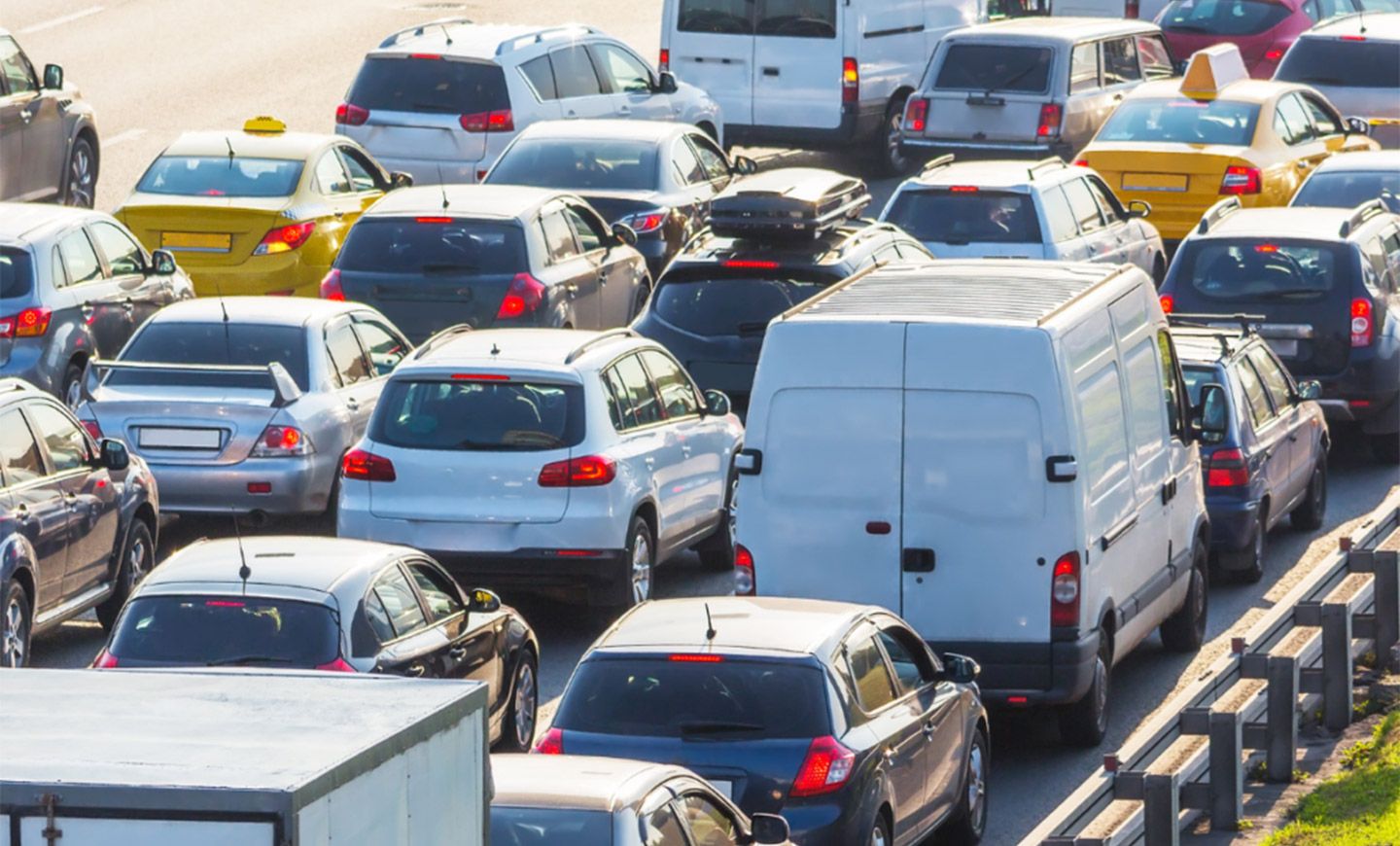Many different factors can contribute to car accidents, including the time of day. During certain hours, the risk of a crash is higher than at other times. The most dangerous driving hours can vary depending on the day of the week and the time of year. It is important to know the safest and riskiest times of day for driving, so you can plan your trips for the lowest risk of an accident.
What Factors Contribute to Crashes at Different Times of Day?
On today’s roads, traffic crashes are common at any time of day or night. The following is an overview of how different times of day can contribute to accidents in a variety of ways:
Morning rush hour: The morning period from 7:00 a.m. to 9:30 a.m., when commuters are rushing to work, is a likely time for car accidents to happen. Roads are crowded, and drivers running late for work may tend to speed, run yellow lights, cut other drivers off, and otherwise drive aggressively. Fatigued driving may be a factor for those who had to get up for work before they were fully rested. Distractions can also contribute to morning rush-hour accidents.
Afternoon and evening commute: The second rush hour happens between the hours of 3:30 p.m. and 6:00 p.m. when parents are picking up children from school, and workers are on their way home or to other destinations after work. Heavy traffic congestion can contribute to accidents during this time. Drivers who are fatigued or stressed after a long workday may not be as alert or attentive as they should be. Others may be distracted by texting or talking on cell phones, plans about children, or for the evening. In the most recently reported year, the peak time of day for fatal and nonfatal crashes was 4:00 p.m. to 7:59 p.m., as stated by the National Safety Council (NSC).
Nighttime driving: Nighttime is the most dangerous time to be on the roads. Fatal crashes tended to peak between 8:00 p.m. and 11:59 p.m. during the summer months in 2021, according to NSC. Visibility is significantly reduced at night, which slows reaction times and interferes with evasive maneuvers that could help drivers avoid a crash. Speeding and alcohol are both significant contributing factors to nighttime traffic crashes.
Late night and early morning hours: In the wee hours of the morning, you have the advantage of fewer drivers on the road. Nevertheless, driving at this time is not without risk. Fatigue and reduced alertness can have an impact on driver performance that increases the risk of a crash. Drivers who are not sufficiently well rested may be more susceptible to falling asleep at the wheel. Poor visibility can also lead to accidents at this time of day, particularly in inclement weather conditions.
Does the Specific Day or Season Make a Difference?
Yes, peak car crash times can vary depending on the season and day of the week. NSC reports the following information:
Seasons
In spring and summer, fatal crashes peak between 8:00 p.m. and 11:59 p.m., while nonfatal crashes peak from noon to 3:59 p.m.
In fall and winter (from November to March), fatal crashes peak from 4:00 p.m. to 7:59 p.m.
Days of the Week
More nonfatal crashes occur Mondays through Fridays than on Saturdays and Sundays.
Fatal crashes happen more frequently on Fridays, Saturdays, and Sundays and less frequently on Mondays through Thursdays.
The Top-Tier Legal Representation You Need After a Car Accident
If you have been injured in a car accident, The Husband & Wife Law Team is here to assist you. Our experienced car accident attorneys have the knowledge and resources to investigate your case, determine liability, and negotiate with insurance companies for the compensation you deserve.
The Husband & Wife Law Team is a Better Business Bureau “A+” rated law firm, with Mark and Alexis Breyer having recently been named among the top injury lawyers by North Valley Magazine. We always have time for our clients and take pride in providing compassionate and skilled legal counsel.
Contact our injury lawyers to schedule a free initial consultation. Let’s see how we can help.


